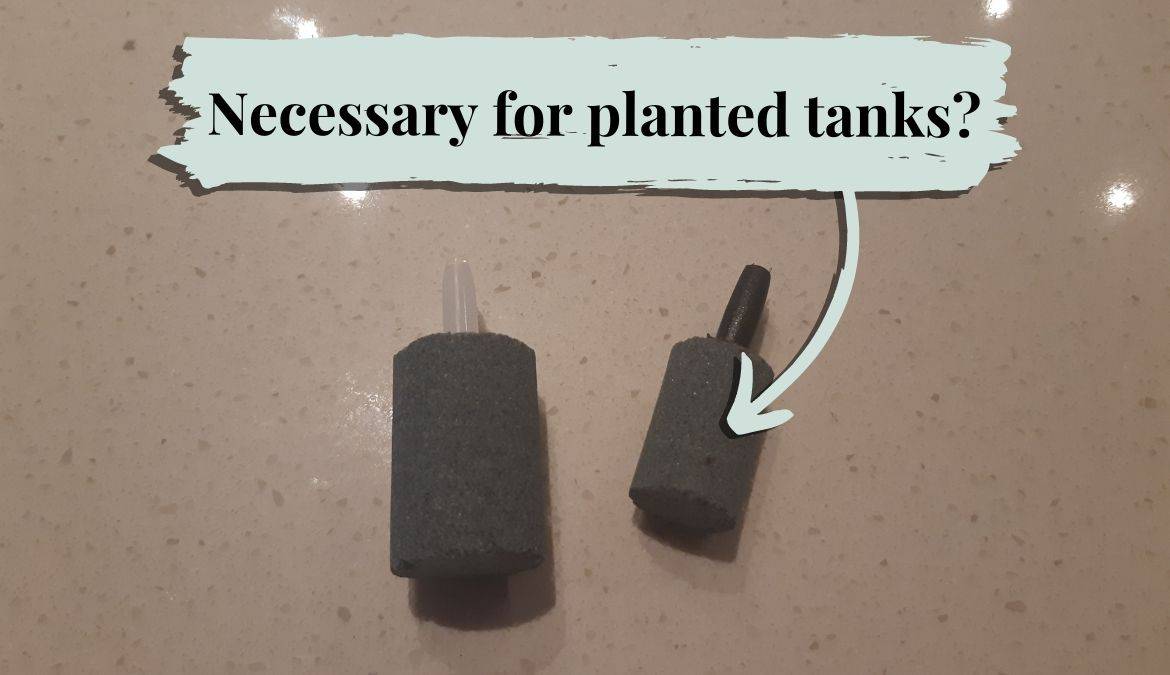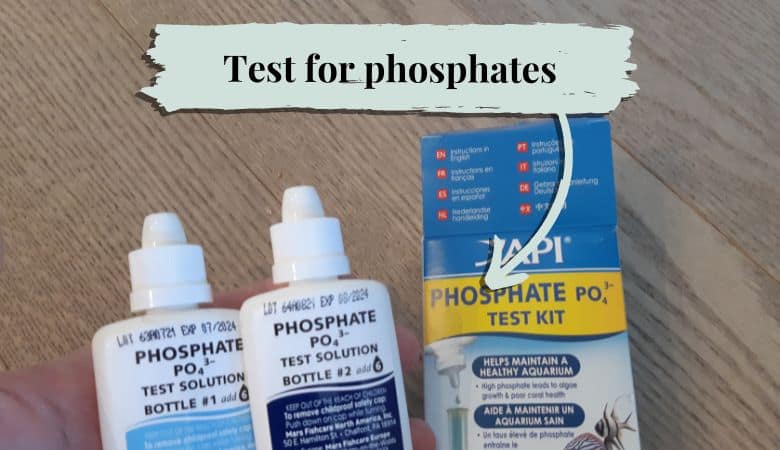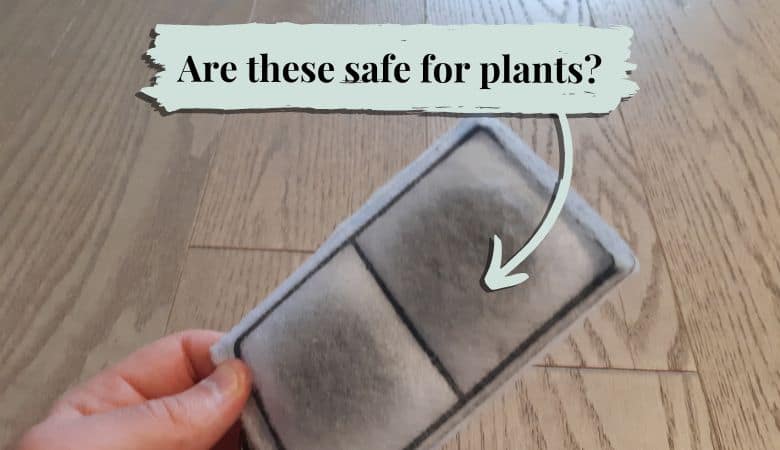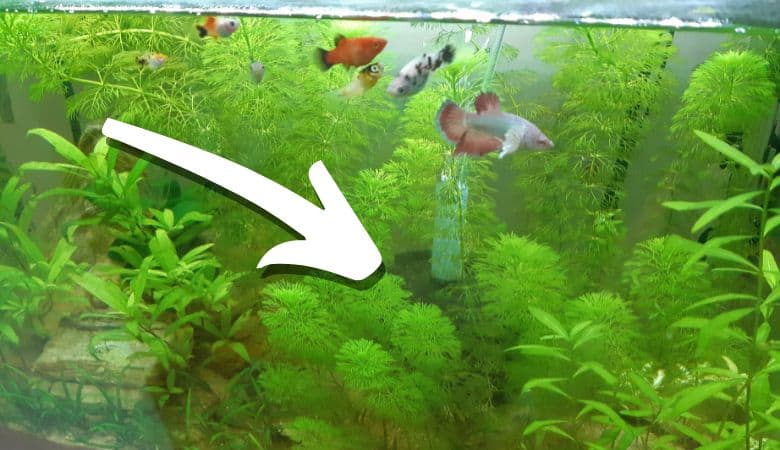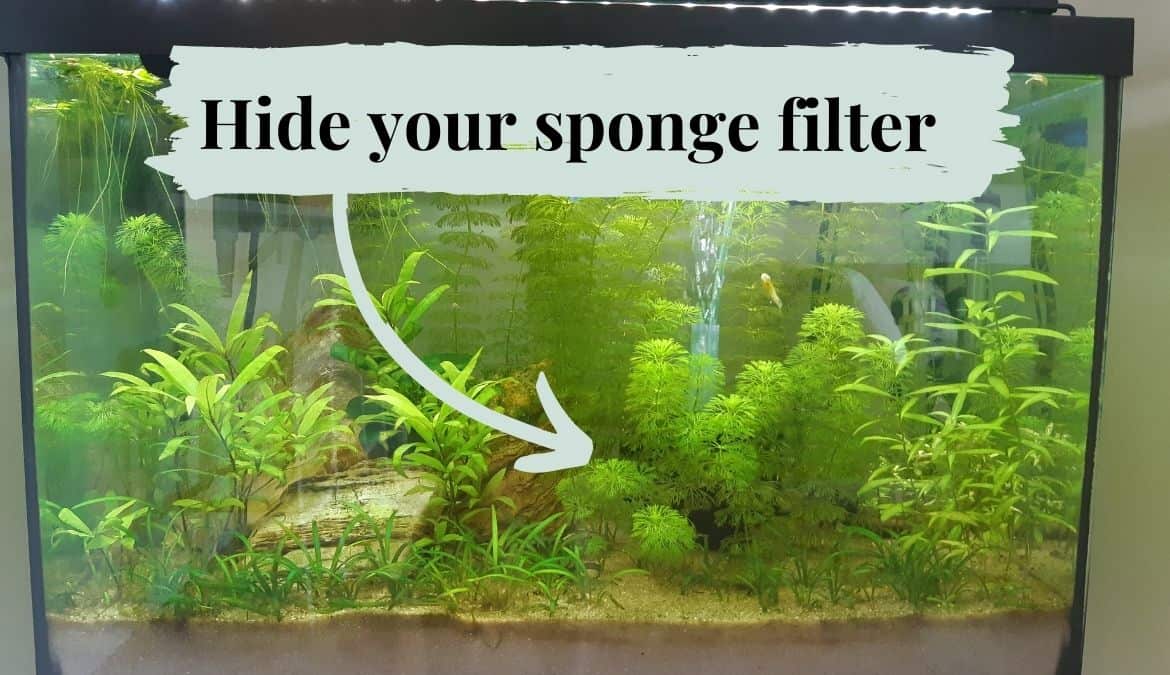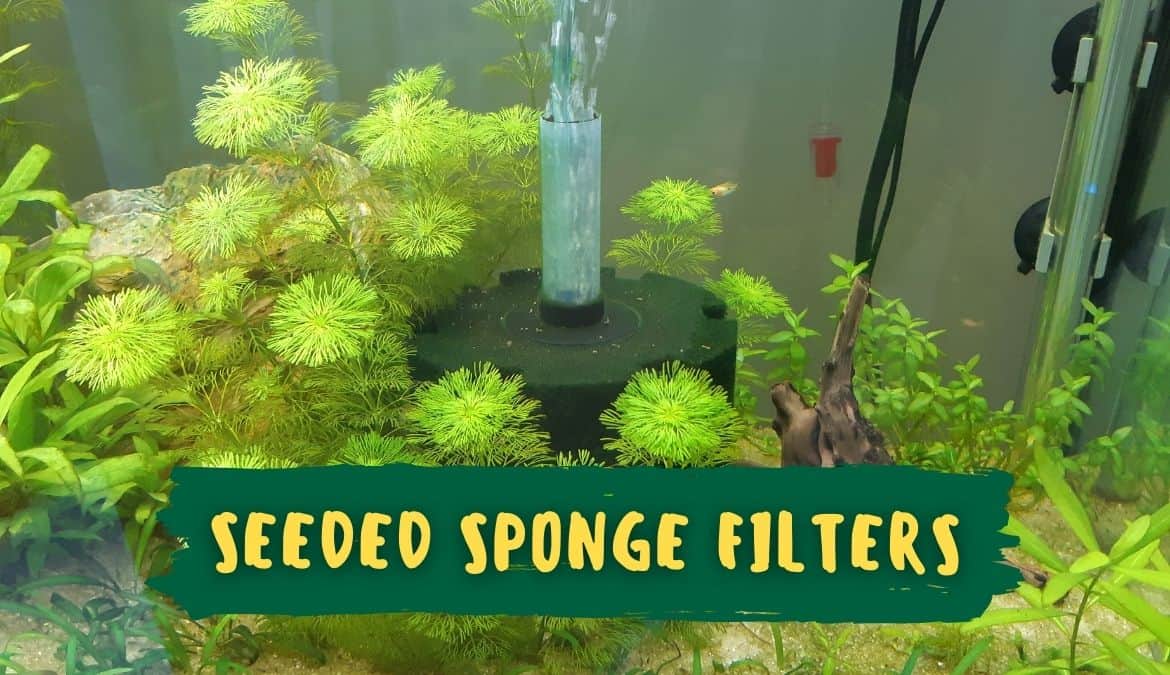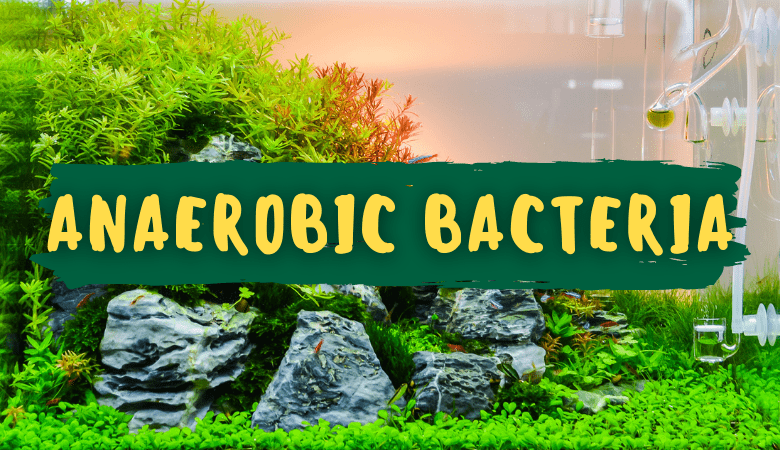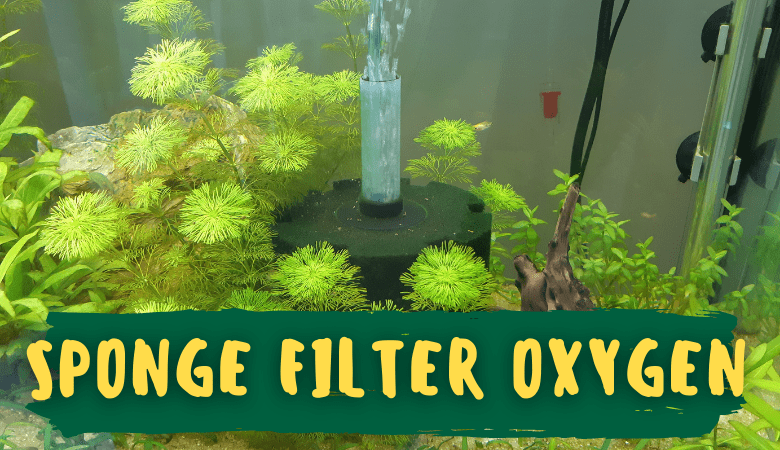Air stones are not necessary for planted tanks. But they are useful for replenishing CO2 in the water by increasing surface agitation.
Blog
Filtration
Filtration
Planted aquarium phosphate should be between 0.5 and 1.0 ppm. Some phosphate is good for plants to absorb nutrients and store energy.
Activated carbon filters to not directly harm aquarium plants. But they do absorb nitrogen, CO2, iron and other important plant nutrients.
Sponge filters area great option for sand substrate tanks. They will collect a small amount of sand over time or if you stir up sand.
The best way to hide an aquarium sponge filter are by buying a smaller size and simply cleaning it more frequently. Also, behind stem plants.
A sponge filter is an excellent tool for establishing a nitrogen cycle in a freshwater aquarium. The porous sponge material provides a large surface area for beneficial aerobic bacteria to colonize.
Anaerobic bacteria removes nitrate from an aquarium by converting it into nitrogen gas, reducing the need for water changes. It also produces toxic hydrogen sulfide gas (H2S), which concerns many fishkeepers. However, H2S is safely converted into harmless sulfate in the presence of oxygen.
Sponge filters add oxygen to an aquarium by increasing the gas exchange that occurs at the water surface. This happens because the popping bubbles increase the total surface area between the water and atmosphere.

